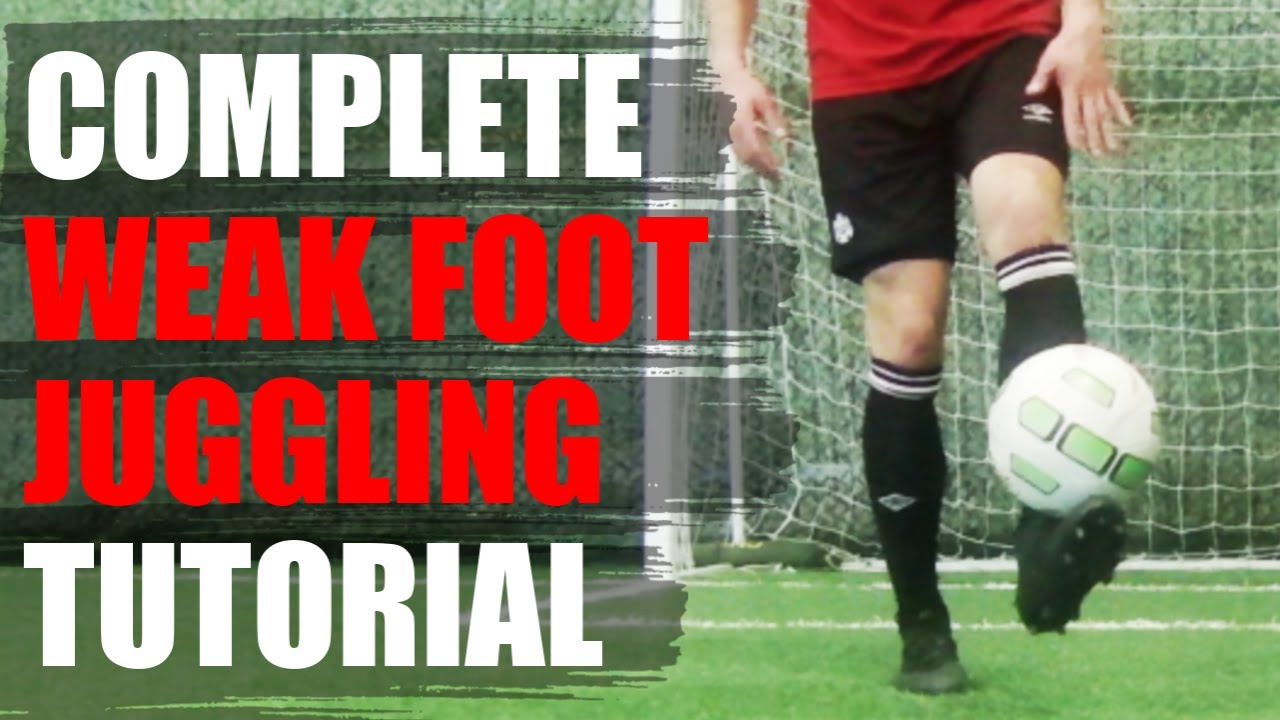How to PRESS the ball | Catalan Masterclass
Summary
TLDRIn this instructional video from Catalan soccer.com, BEN coaches youth soccer players on the art of pressing. He outlines the individual roles for strikers, midfielders, and defenders, emphasizing the importance of timing and positioning. The video teaches how to force predictable play, apply pressure effectively, and recover if initial pressing fails. BEN also discusses the nuances of pressing different player positions and the importance of collective effort in pressing as a team strategy.
Takeaways
- 🔴 The importance of individual roles in pressing is emphasized, with each player's role on the field being crucial for effective pressing.
- 🤾♂️ Strikers should press high up the pitch to engage the press and force the play, aiming to make it more predictable rather than necessarily winning the ball.
- 🛡️ Defenders act as a cover, providing a second line of defense if the midfield press is bypassed, ensuring the team is not left exposed.
- 🔄 Midfielders support strikers by intercepting passes or winning the ball back in areas where the play has been forced by the striker's press.
- 🏟️ Pressing players are expected to force mistakes, predictability, and ultimately win the ball back, with timing and coordination being key.
- ⏱️ Timing the pressure correctly is crucial; players must press at the right moments to maximize the effectiveness of their efforts.
- 📍 The distance maintained while pressing should be optimal, typically four or five strides, to ensure a balance between pressuring the opponent and being ready to react if the ball is played past.
- 👀 Players should be aware of when and where to apply pressure, with different strategies for goalkeepers, defenders, and midfielders.
- 📉 Pressing the goalkeeper is risky and should only be done if there's a high chance of winning the ball, as opposed to pressing defenders who should focus on reducing passing options.
- 🔄 Midfielders should apply intense pressure to win the ball back quickly, especially before it enters the final third of the field.
- 📋 Coaches are advised to use tactics boards and role plays to teach players their individual pressing roles and responsibilities.
Q & A
What is the primary role of strikers when pressing in soccer?
-Strikers should press the ball as high up the pitch as possible to engage the press. They are not expected to win the ball but to force the play and make it more predictable.
What is the midfielder's role in supporting the striker during a press?
-Midfielders should backup the striker, trying to intercept passes or win the ball back based on where the opponent has been forced to play the ball.
How should defenders position themselves during a press?
-Defenders should act as a cover if the midfield is bypassed. They are the second line of defense, ready to intercept long passes or quick plays through the middle.
What are the expectations for pressing players in soccer?
-Pressing players should aim to force mistakes, force the player into more predictable areas, and ultimately win the ball back. They should apply pressure quickly to disrupt the opponent's play.
How can a striker force a player into a predictable area during a press?
-A striker can curve their run to cut off passes to certain areas, forcing the opponent down a specific side of the pitch, making it easier for teammates to press and win the ball.
What is the importance of timing in pressing the ball?
-Proper timing ensures that the right players are doing their jobs at the right time. It involves coordinating the efforts of strikers, midfielders, and defenders to effectively press the ball.
What is the recommended distance for pressing players to maintain from the opponent?
-The optimum distance for pressing players is usually four or five strides, allowing them to reach the ball by the time the opponent takes their first touch while also being far enough to avoid being easily beaten.
Why is pressing the goalkeeper considered risky?
-Pressing the goalkeeper is risky because it often gives little reward. It's recommended only if the goalkeeper is under pressure and there's a high likelihood of winning the ball.
How should midfielders apply pressure when the ball is in the final third?
-Midfielders should apply intense pressure in the final third to win the ball back quickly and prevent the ball from reaching the opponent's strikers.
What is the advice for defenders when applying pressure to the ball?
-Defenders should apply cautious pressure, understanding when to delay and slow down the attack. They should not press the ball if they are outnumbered and should focus on reducing the opponent's passing options.
How can coaches effectively teach pressing to their players?
-Coaches can start with simple scenarios like an oppositional goal kick, walk through each player's roles, and conduct role plays to ensure every player understands their job in the press.
Outlines

このセクションは有料ユーザー限定です。 アクセスするには、アップグレードをお願いします。
今すぐアップグレードMindmap

このセクションは有料ユーザー限定です。 アクセスするには、アップグレードをお願いします。
今すぐアップグレードKeywords

このセクションは有料ユーザー限定です。 アクセスするには、アップグレードをお願いします。
今すぐアップグレードHighlights

このセクションは有料ユーザー限定です。 アクセスするには、アップグレードをお願いします。
今すぐアップグレードTranscripts

このセクションは有料ユーザー限定です。 アクセスするには、アップグレードをお願いします。
今すぐアップグレード関連動画をさらに表示

El dialecto catalán es una mezcla de provenzal arcaico y lengua valenciana clásica

SHOCK en la UE tras confirmarse la relación de PUIGDEMONT con RUSIA

Catalonia’s independence movement, explained

Traditional Catalan Food in Barcelona | Devour Barcelona

Origin of the World Map

How To Juggle With Your Weak Foot In Soccer or Football | Weak Foot Juggling Tips To Improve Faster
5.0 / 5 (0 votes)
